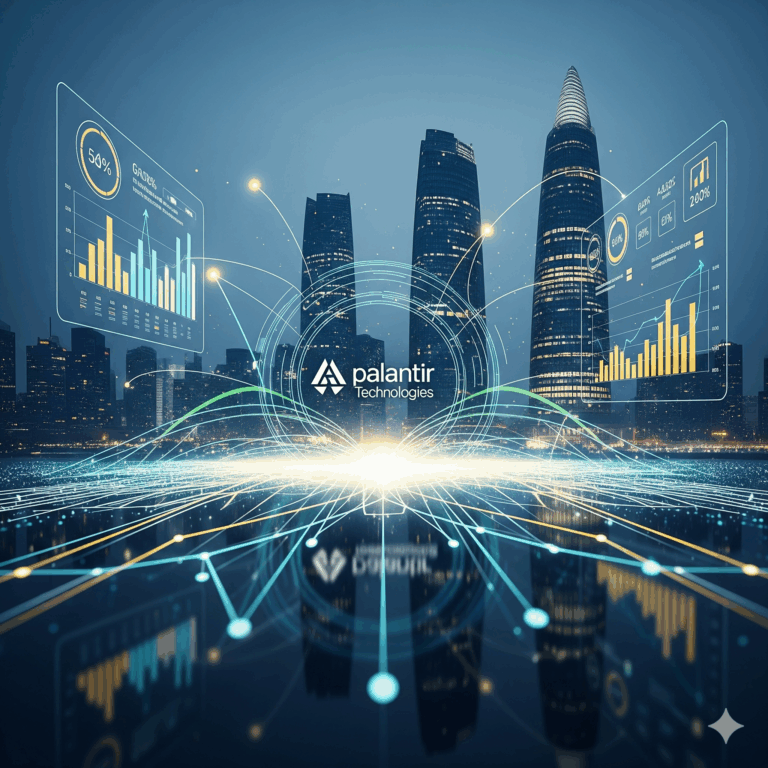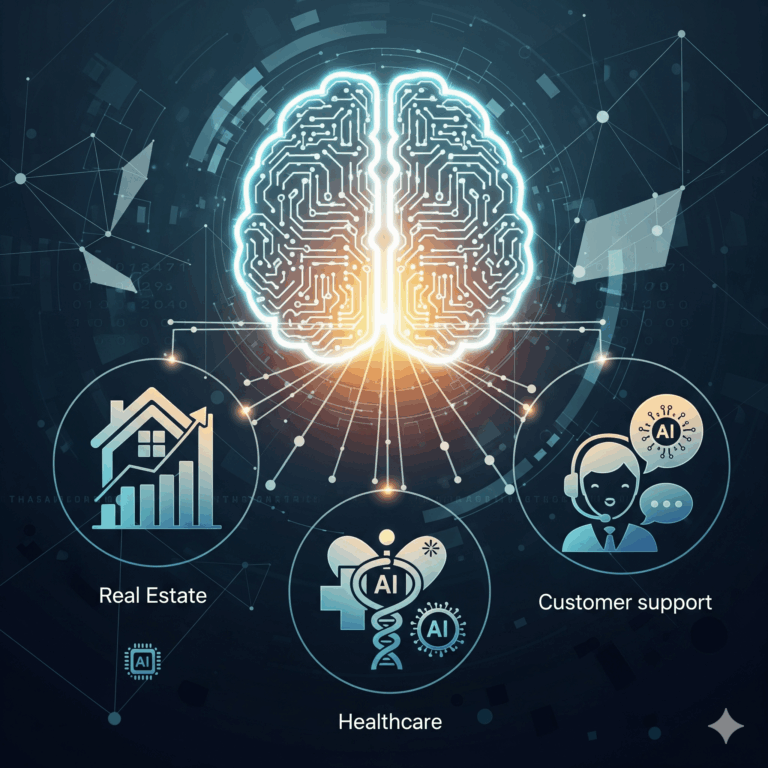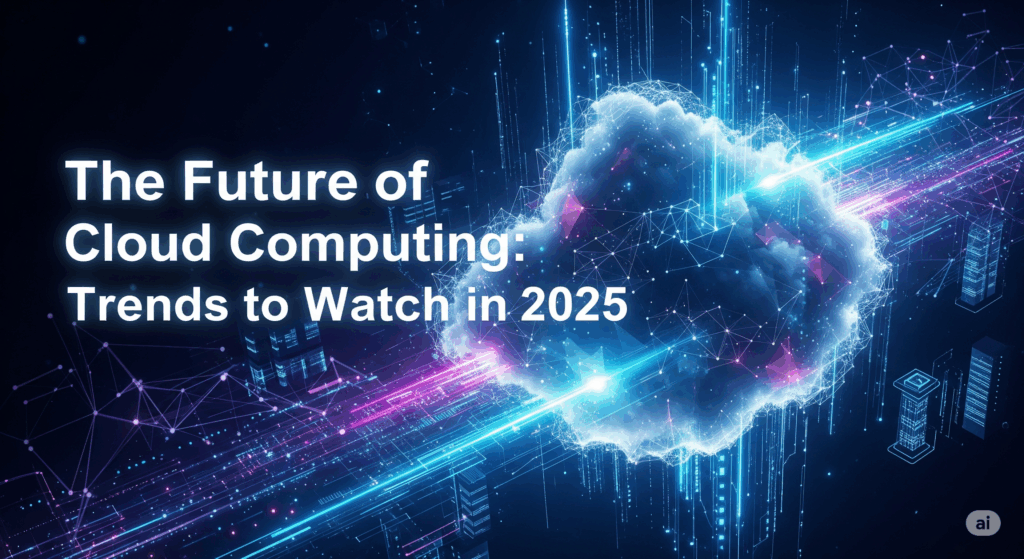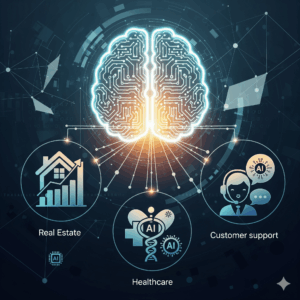
Are you looking for investment, pitch your idea with us!
Cloud computing has become the backbone of the digital economy, powering everything from video streaming platforms to global financial systems. As businesses, governments, and individuals rely more heavily on the cloud, the industry continues to evolve at a rapid pace. By 2025, cloud computing will not only expand but also transform in ways that reshape how organizations operate, secure data, and deliver services.
Here are the top cloud computing trends to watch in 2025.
1. Security & Privacy Take Center Stage
With cyberattacks becoming more sophisticated, cloud providers are investing heavily in Zero Trust Security models and AI-driven threat detection. In 2025, expect:
- End-to-end encryption as default.
- Real-time AI monitoring for anomalies.
- Enhanced compliance frameworks for global data regulations (like GDPR in Europe, India’s DPDP Act, and the U.S. privacy laws).
Security will no longer be just a feature—it will be the foundation of cloud services. For businesses, this means stronger trust and less risk when shifting critical workloads to the cloud.
2. AI-First Cloud Services
Artificial Intelligence is becoming a core layer of cloud platforms. By 2025:
- AI will manage resource allocation, reducing costs.
- Predictive analytics will help businesses forecast demand more accurately.
- Cloud platforms will offer AI-as-a-Service for companies without in-house expertise.
For example, hospitals will use AI-powered cloud tools to analyze patient records in real time, while retail businesses will optimize inventory automatically through predictive models.
3. Multi-Cloud & Hybrid Cloud Dominate
Gone are the days when companies relied on a single provider. In 2025:
- Multi-cloud strategies will be standard, giving organizations flexibility to balance costs and performance.
- Hybrid cloud will gain traction as businesses combine public and private cloud for sensitive workloads.
- Cloud management platforms will simplify integration across multiple providers like AWS, Microsoft Azure, and Google Cloud.
This means no vendor lock-in and more freedom of choice for businesses, big and small.
4. Green Cloud & Sustainability
As climate change pressures grow, cloud providers will prioritize eco-friendly infrastructure. In 2025, data centers will:
- Run increasingly on renewable energy.
- Use liquid cooling systems to reduce power consumption.
- Offer sustainability dashboards so businesses can track their carbon footprint.
For instance, Google Cloud and AWS are already investing heavily in carbon-neutral data centers. By 2025, going “green cloud” will be a competitive advantage for providers.
5. Edge Computing Expansion
With the rise of IoT devices, 5G networks, and real-time applications, processing data closer to its source is essential. In 2025:
- Edge computing will reduce latency for applications like autonomous vehicles, AR/VR, and smart cities.
- Cloud providers will roll out micro data centers closer to users.
- This will enable ultra-fast, real-time decision-making.
Think of it as the cloud becoming faster, localized, and smarter.
6. Industry-Specific Cloud Solutions
Generalized cloud services are evolving into industry-tailored solutions. In 2025, expect:
- Healthcare clouds with compliance built-in (HIPAA, Ayushman Bharat standards).
- Financial clouds with advanced fraud detection.
- Retail clouds optimized for supply chain management and customer experience.
This trend will allow businesses to adopt cloud faster and more efficiently without building everything from scratch.
7. Cloud & Blockchain Integration
Blockchain will increasingly pair with cloud services for:
- Secure digital identity management.
- Supply chain transparency.
- Smart contracts hosted on hybrid cloud environments.
By 2025, this integration will create tamper-proof systems with both scalability and transparency, especially in banking, logistics, and government sectors.
Final Thoughts
Cloud computing in 2025 will be more intelligent, secure, sustainable, and decentralized. From AI-first platforms to green cloud initiatives, the future points to a more adaptive and responsible digital ecosystem.
For businesses, this means preparing for a multi-cloud, AI-driven, and sustainability-focused future. For individuals, it promises faster, safer, and more accessible digital experiences.
In short, the cloud is no longer just “infrastructure”—it is the engine of global innovation.






















